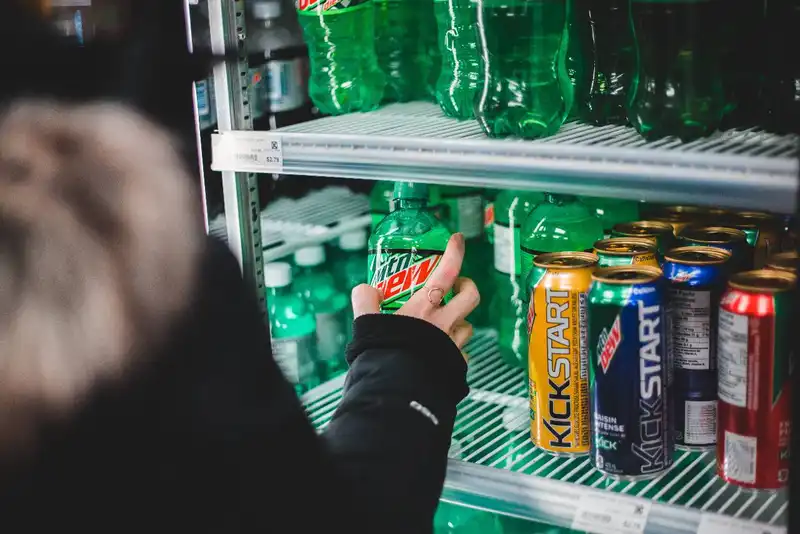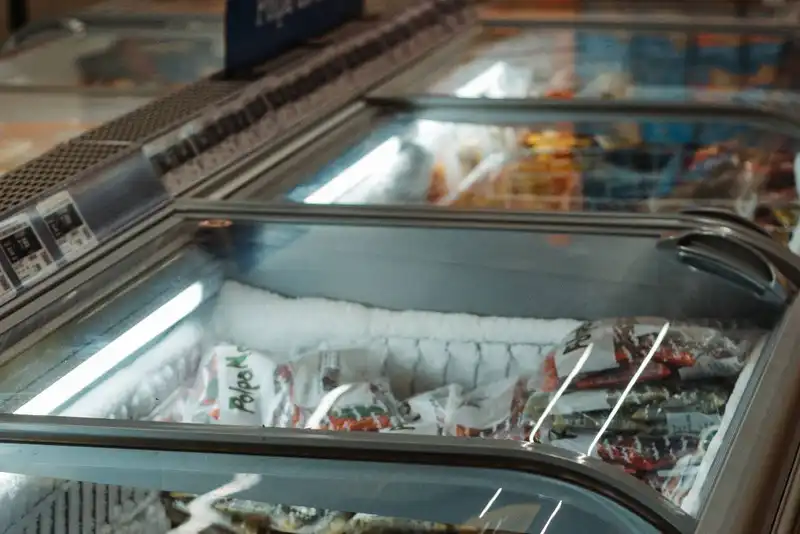6 Tips for Effective Food Inventory Management
Operating a restaurant requires more than just great food and beverages. For operations to run reliably and smoothly, effective restaurant food inventory management must be implemented.
With proper inventory control practices, managers can serve high-quality meals, minimize their food costs, and reduce waste.
What is Food Inventory Management?

Food inventory management is the system of monitoring a restaurant's stock level, as well as tracking what kinds of products they are carrying at all times. Effective control enables managers to see what inventory items they ordered, the quantity of each product they use daily, and how much is left over after their hours of operations.
Managing inventory is important because it helps executives identify theft quickly and whether inventory is being mishandled or wasted by staff. Any spoilage of food also becomes apparent through careful food inventory management.
With these insights, restaurants can assess their protocols and spending, then implement the necessary measures to protect the bottom line.
Important Restaurant Inventory Terms

Restaurant managers that want to improve their inventory management system should be familiar with these key terms.
- Sitting Inventory - This refers to the quantity or dollar value of inventory that a restaurant is currently carrying.
- Depletion - The quantity or dollar value of inventory that was used over a given period is called depletion.
- Usage - This is the amount of sitting inventory divided by the average depletion over a given period. Usage is often expressed in the dollar value.
- Variance - This is the difference between an inventory item's cost and the usage amount's cost. For example, if an eatery has $800 worth of steak for a week but data reports from the point-of-sale (POS) system indicates only $500 worth was sold, the variance would be $300. This means $300 worth of streak is unaccounted for.
6 Tips for Food Inventory Management
Food-serving businesses can optimize their food inventory management by implementing some of these best practices.
1. Train Restaurant Staff

Managing and tracking inventory should be a responsibility for all restaurant staff. Executives need to provide comprehensive training that outlines how ingredients should be counted on the inventory list and when this needs to be done. This ensures that when a supervisor or manager is unavailable, staff can still accurately and promptly take inventory.
All staff from the front of house and back of house should assist with making sure inventory levels are frequently updated. For example, if a waiter spills an ingredient or discovers a product is spoiled, they need to note it in their inventory sheet.
2. Track Daily Sales
Tracking sales each day will give management better insight into which items are selling quickly and which are not. This gives them the ability to act quickly to supplement any changes in demand, such as making purchase orders to replenish low levels of ingredients.
3. Have a Food Organization System

Refrigerators and stock rooms should have a food storage system. For example, shelves and ingredients should be labeled accordingly and food items should be stored together based on their category.
When inventory is organized, staff can quickly identify the products they need and count accurately. By minimizing miscounting, restaurants will reduce the instances of over or under-ordering new inventory.
4. Hold Safety Stock
Consumer demand frequently fluctuates; therefore, restaurants may experience unanticipated shortages of ingredients. Additionally, external factors, such as weather, can often cause delays in shipments or deliveries of goods from suppliers.
Having safety stock, which is additional quantities of ingredients, on hand will help restaurants promptly address these emergencies and make sure customer demands are satisfied.
Safety stock works best for products that do not perish quickly or easily. Restaurants will generally have extra quantities of frozen meats or desserts as safety stock because they can be stored for longer periods.
5. Establish an Inventory Consumption Sheet

An inventory consumption sheet helps managers keep track of how much of an ingredient is used each day, how much money is spent on inventory, and how much food waste has been accumulated.
Inventory sheets enable restaurants to actively track inventory each day and to understand how effective their business is operating.
Typically, an inventory consumption sheet will include the following information-
- Ingredient type
- Costs per unit
- Beginning inventory
- Ending inventory
- Waste quantity
- Waste cost
6. Implement Inventory Management Software
Restaurants can streamline their inventory management by using the latest stock control software. These systems have ordering optimization capabilities, in which the software assesses ingredient usage and sales data to help restaurants make accurate purchase orders and maintain optimal inventory levels.
Restaurant inventory management software can also help users keep track of their spending, set budgets, and assess how many purchase orders they made in a given time. This visibility empowers managers to have better control over their operations, inventory processes, and profit margins.
By diligently and effectively managing inventory tracking, restaurants will be able to strengthen their financial health and ensure they have the appropriate means to ensure customer satisfaction.





